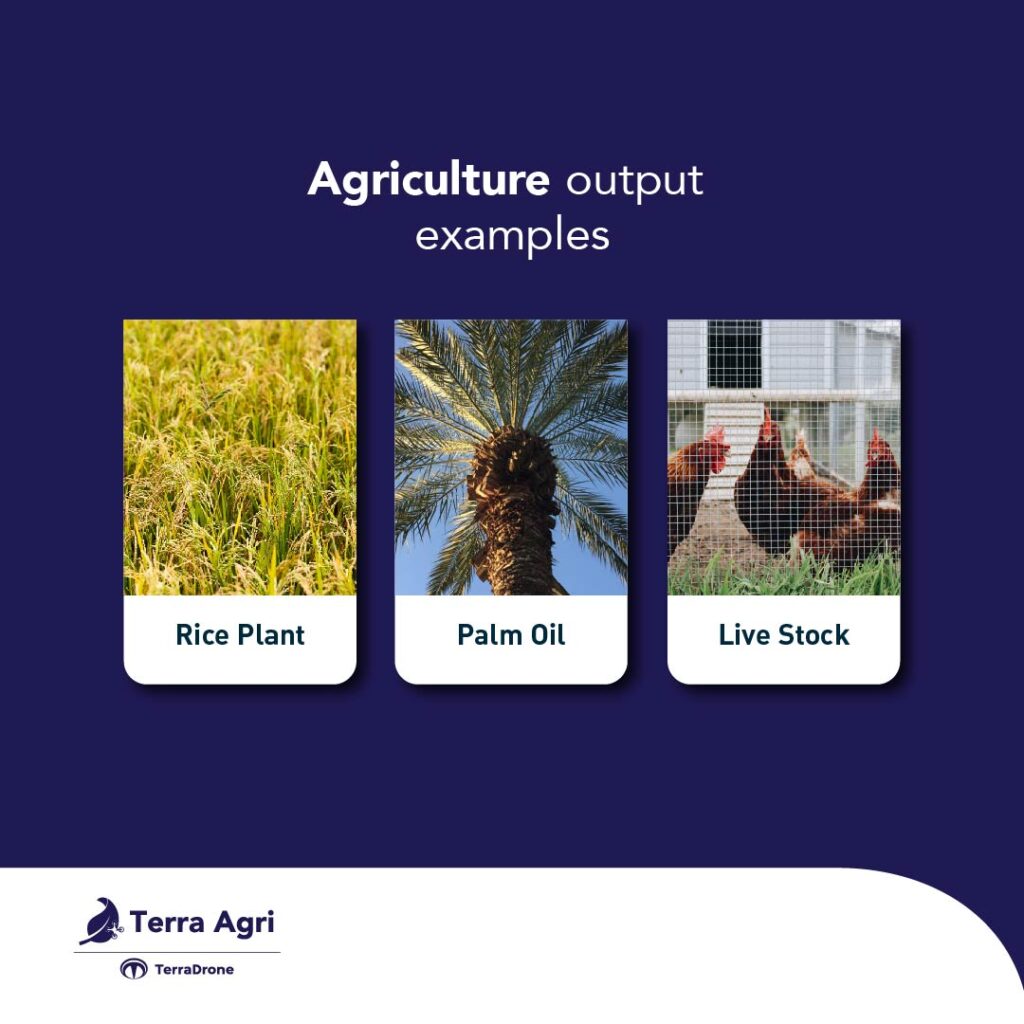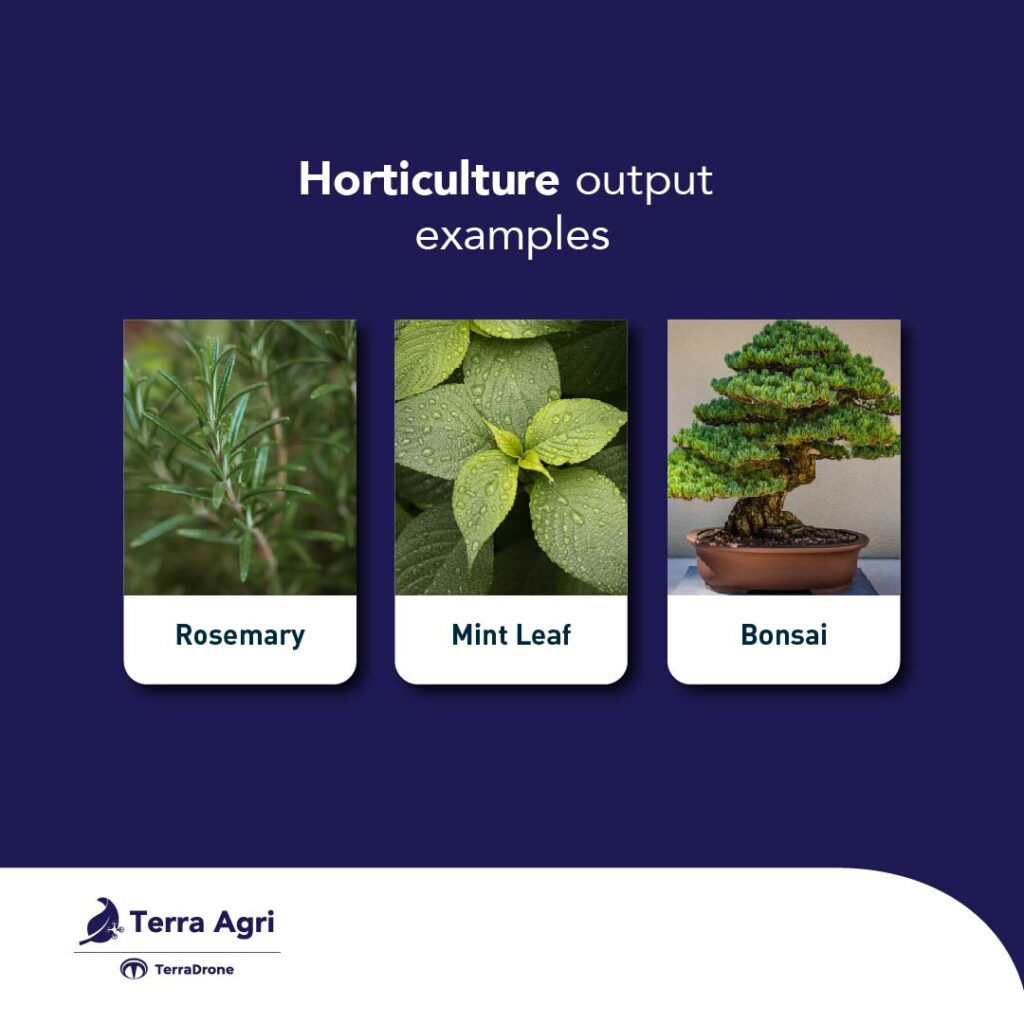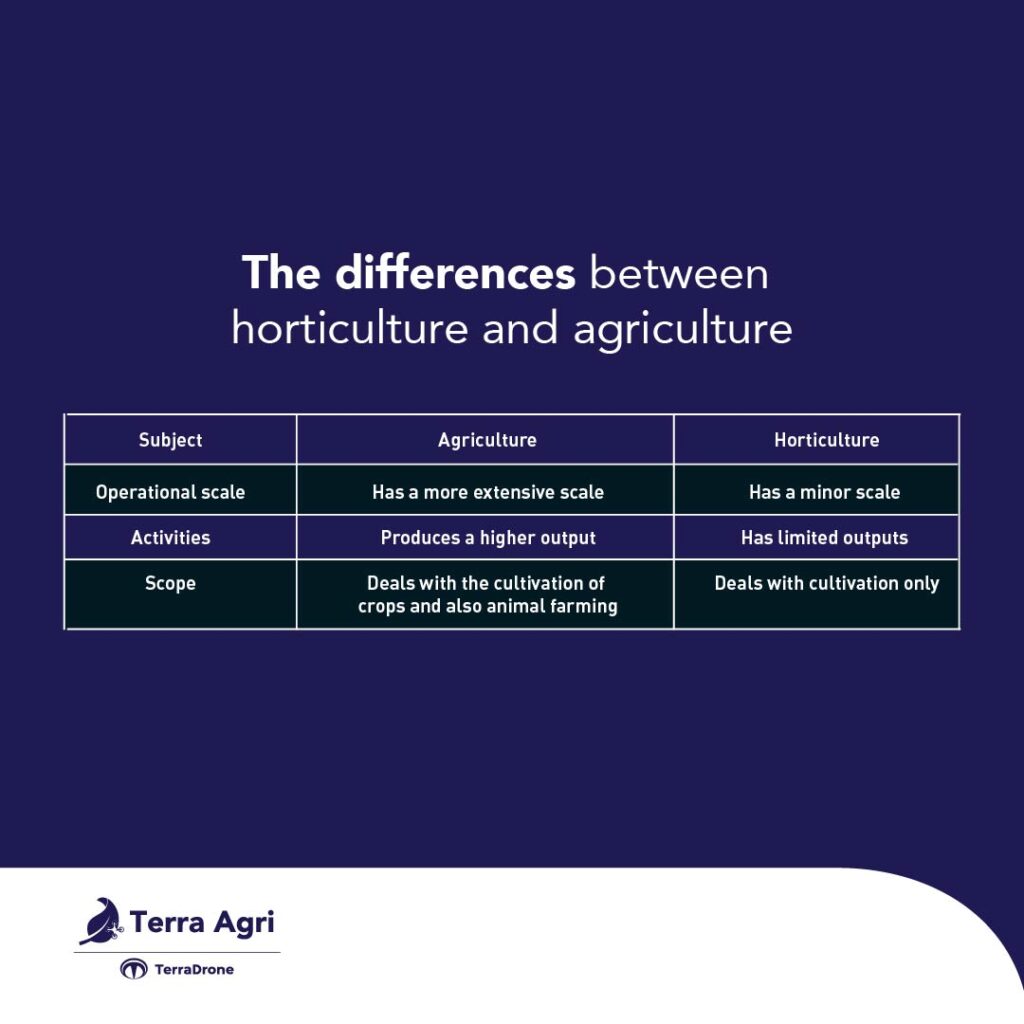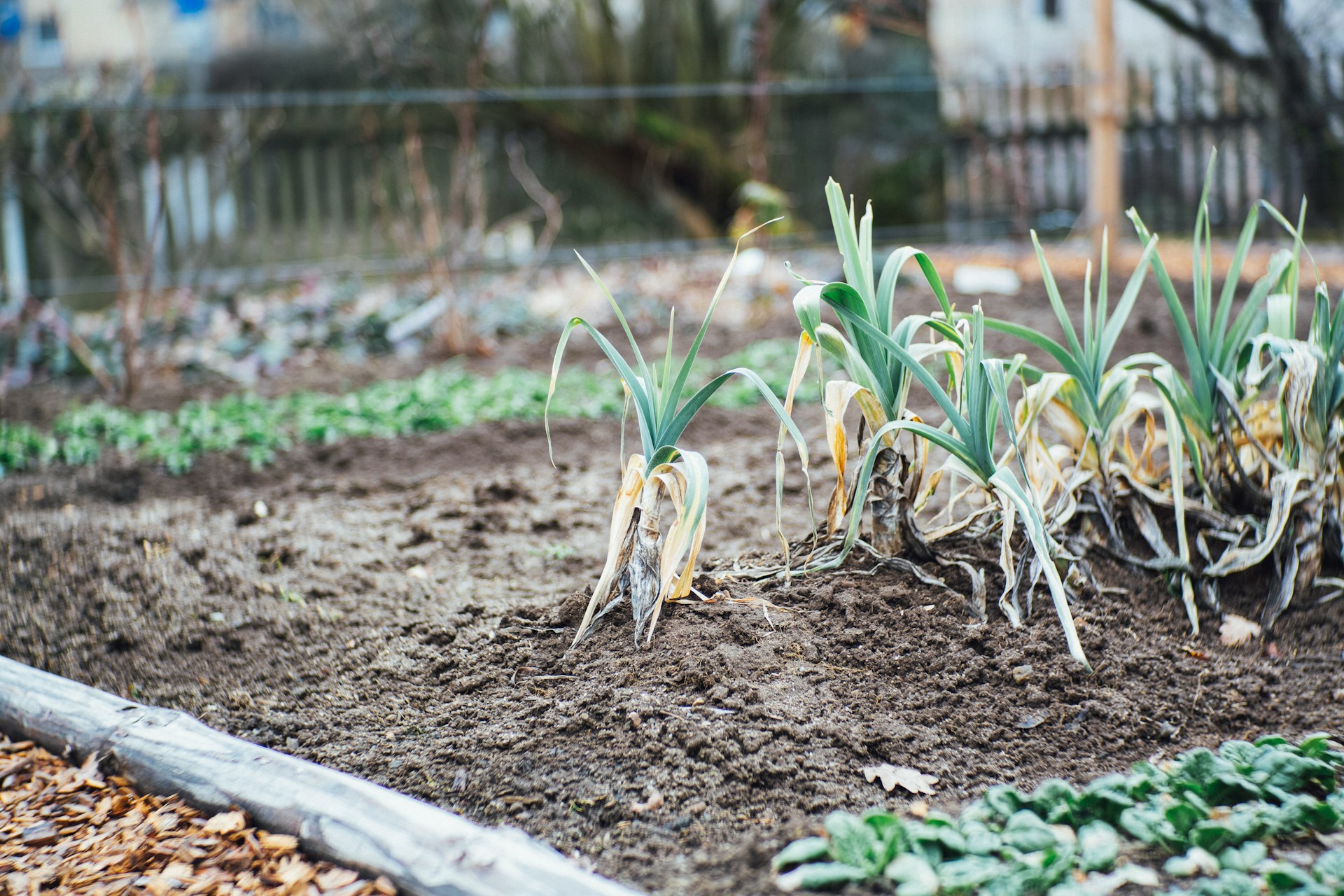Horticulture and agriculture represent two fundamental pillars of farming, each with unique characteristics, objectives, and contributions to the global food system. Understanding the disparities between these disciplines is crucial for appreciating their respective roles in sustainable food production, economic growth, and environmental stewardship. This comprehensive guide delves into the intricate differences between horticulture and agriculture, shedding light on their significance in shaping our agricultural landscape.
Exploring the Distinctions: Horticulture vs. Agriculture
1. Unveiling the Dichotomy
In the vast expanse of agricultural practices, horticulture and agriculture emerge as distinct yet interconnected realms, each with its domain of expertise and cultivation methodologies. Horticulture, often regarded as the art and science of gardening, encompasses the cultivation of plants for aesthetic pleasure, ornamental value, and functional purposes. From meticulously tended gardens to elaborate landscape designs, horticulture celebrates the diversity and beauty of plant life, enriching our surroundings and enhancing the quality of urban and rural landscapes.
On the other hand, agriculture encompasses a broader spectrum of activities aimed at the large-scale production of essential commodities such as food, feed, fiber, and fuel. From vast expanses of monoculture crops to integrated farming systems, agriculture is the backbone of global food security, supplying the sustenance needed to nourish growing populations worldwide. While horticulture and agriculture share common roots in plant cultivation, they diverge in their scale, objectives, and methodologies, each offering unique insights into the intricate dance between humanity and nature.
2. Scale and Scope: Navigating the Terrain
A defining characteristic that sets horticulture apart from agriculture is the scale of operations involved. Horticultural endeavors typically occur on smaller plots of land, ranging from backyard gardens and community allotments to commercial nurseries and botanical gardens. This intimate scale allows horticulturists to focus on detailed plant care, specialized cultivation techniques, and personalized landscaping designs tailored to meet diverse clientele’s aesthetic and functional needs.
In contrast, agriculture operates grander, encompassing vast tracts of land devoted to crop production, animal husbandry, and agroforestry practices. Whether it’s expansive fields of grain, sprawling orchards of fruit trees, or sprawling livestock operations, agriculture harnesses economies of scale to maximize efficiency, productivity, and profitability. While the scale of agriculture may vary from small family farms to large agribusiness conglomerates, the overarching goal remains the same: to produce an abundance of food, fuel, and fiber to meet the needs of a growing global population.
3. Economic Impact: Cultivating Prosperity
Both horticulture and agriculture are pivotal in driving economic growth, fostering rural development, and supporting livelihoods worldwide. Culturing horticultural and agricultural products generates significant revenue streams, bolstering local economies, stimulating trade, and creating employment opportunities along the agricultural value chain. From small-scale market gardens and agritourism ventures to large-scale agribusiness enterprises and export-oriented industries, horticulture and agriculture contribute to communities’ economic vitality and resilience worldwide.
Moreover, horticulture and agriculture serve as engines of rural development, providing pathways out of poverty for millions of smallholder farmers, artisans, and agri-entrepreneurs. Promoting inclusive and sustainable agricultural practices, investing in agricultural infrastructure, and strengthening market linkages, horticulture, and agriculture empower rural communities to build prosperous and resilient livelihoods, reducing vulnerability to food insecurity, climate change, and economic shocks.


4. Crop Categories: Cultivating Diversity
The categorization of crops offers insights into the diverse array of products cultivated within the realms of horticulture and agriculture, each prized for its unique attributes, cultural significance, and economic value. In agriculture, crops span a broad spectrum of food staples, cash crops, industrial crops, and perennial crops, including cereals, legumes, oilseeds, fruits, vegetables, fibers, and medicinal plants. These crops are cultivated using various agronomic practices, from traditional rainfed farming to modern precision agriculture techniques, to optimize yields, quality, and profitability.
In horticulture, crops are classified into specialized categories such as ornamental plants, floriculture crops, landscape plants, fruit trees, vegetable crops, medicinal herbs, and aromatic plants. These crops are cultivated for aesthetic appeal, sensory attributes, and functional uses. They serve diverse markets ranging from home gardens and urban landscapes to botanical gardens, parks, and green spaces. Whether it’s a vibrant bouquet, a lush garden of ornamental shrubs, or a bountiful harvest of fresh produce, horticultural crops enrich our lives and connect us to the natural world meaningfully.
5. Operational Dynamics: Orchestrating Success
The operational dynamics of horticulture and agriculture encompass various activities, practices, and technologies to optimize plant growth, maximize yields, and mitigate risks. In agriculture, these activities include land preparation, planting, irrigation, fertilization, pest management, weed control, harvesting, post-harvest handling, and marketing. Depending on farm size, capital availability, labor availability, and technological adoption, these operations may be mechanized, semi-mechanized, or manual.
In horticulture, operational dynamics encompass a similar range of activities, albeit with a greater emphasis on aesthetics, precision, and attention to detail. Horticultural practices may include site assessment, soil preparation, plant selection, propagation, pruning, training, transplanting, mulching, watering, fertilizing, pest control, disease management, and landscape design. These practices may be tailored to suit specific environmental conditions, microclimates, and client preferences, reflecting the artistry and craftsmanship inherent in horticultural endeavors.
6. Future Prospects: Embracing Innovation
As we contemplate the future of horticulture and agriculture, it becomes evident that innovation will play a pivotal role in shaping the trajectory of both disciplines. Technological advancements in biotechnology, robotics, precision agriculture, digital farming, vertical farming, hydroponics, aquaponics, and sustainable agriculture hold promise for revolutionizing how we produce, distribute, and consume food in the 21st century. By embracing innovation and adopting sustainable agricultural practices, horticulture and agriculture can enhance productivity, conserve natural resources, mitigate climate change, and promote food security for future generations.
Conclusion
In conclusion, the dichotomy between horticulture and agriculture highlights the rich diversity and complexity of agricultural systems worldwide. While horticulture celebrates the beauty and bounty of nature, agriculture sustains our basic needs. It drives economic prosperity on a global scale. By recognizing the complementary roles of horticulture and agriculture in feeding the world, enhancing environmental stewardship, and fostering rural development, we can chart a course toward a more sustainable and resilient future for agriculture and horticulture alike.


